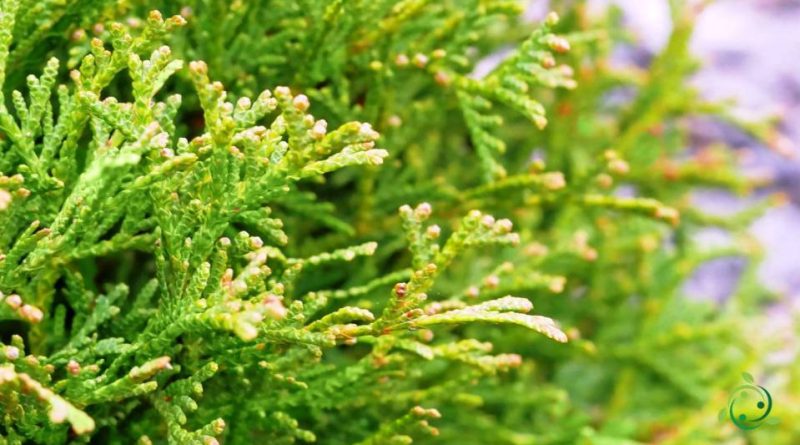Reproduction of the Western Red Cedar
Reproduction of the Western Red Cedar
The Western Red Cedar or Pacific redcedar, giant arborvitae, western arborvitae, just cedar, giant cedar, shinglewood (Thuja plicata Donn, 1824) is an evergreen conifer native to western North America.
Suitable breeding habitat –
Thuja plicata is one of the most widespread trees on the Northwest coast of the United States. This plant is often associated with Douglas fir and Tsuga heterophylla; it rises from sea level to a maximum of 2290m at Crater Lake in Oregon.
Thuja plicata is the emblematic tree of British Columbia, and was used extensively by Native Americans of the Pacific Northwest coast.
This species is typical of oceanic climates, characterized by snowy winters, not excessively rigid, and warm and humid summers. It forms hardly pure woods, mixing mostly with firs, pines, poplars, maples and oaks.
The plant has also been introduced in other temperate zones, including western Europe, Australia (at least up to the latitude of Sydney), New Zealand, the eastern United States and at high altitudes, even in Hawaii.
Propagation –
Thuja plicata is widely cultivated as an ornamental plant, including the creation of more or less tall hedges and hedges. The Amerindians used its wood to build their homes, canoes and to carve their totems. It is also used for reforestation, but its importance in this field is less.
For its cultivation it prefers a moist and clayey soil and does not like dry soils.
The plant tolerates brackish winds but must not be excessively exposed to them.
It is a fast-growing tree that propagates by seed.
Sowing should be done in autumn in an unheated environment. Stored seed germinates best when subjected to a short cold stratification.
The transplant should be done in late spring or early summer, after the last frosts expected. In colder climates it is advisable to mulch at least for the first two winters.
It can also be propagated by 5-8 cm semi-mature wood cuttings, to be reproduced in mid-summer in a shaded area.
Ecology –
Thuja plicata is an important tree in western North America that produces high-value wood. The species is common in natural forests but much less abundant in stands and artificial plants.
It is a stress tolerant plant and grows in a wide range of sites; from those with high productivity to those very poor in nutrients or humid. Trees can grow very large, but they tend to grow slower than associated species.
The high survival of established trees under both abiotic and biotic stress may be a key to the wide range and abundance of the species.
Knowledge gaps on population dynamics in natural forests hinder the assessment of specific forest management options, but it is clear that management of mixed species and of various ages needs to be considered for more widespread use.
The ecology of the species is more consistent with various partial cutting systems and extended rotations used for shade-tolerant species in many parts of the world. Thuja plicata has the potential to be a larger component of managed forests, but this will require the use of innovative management practices.

